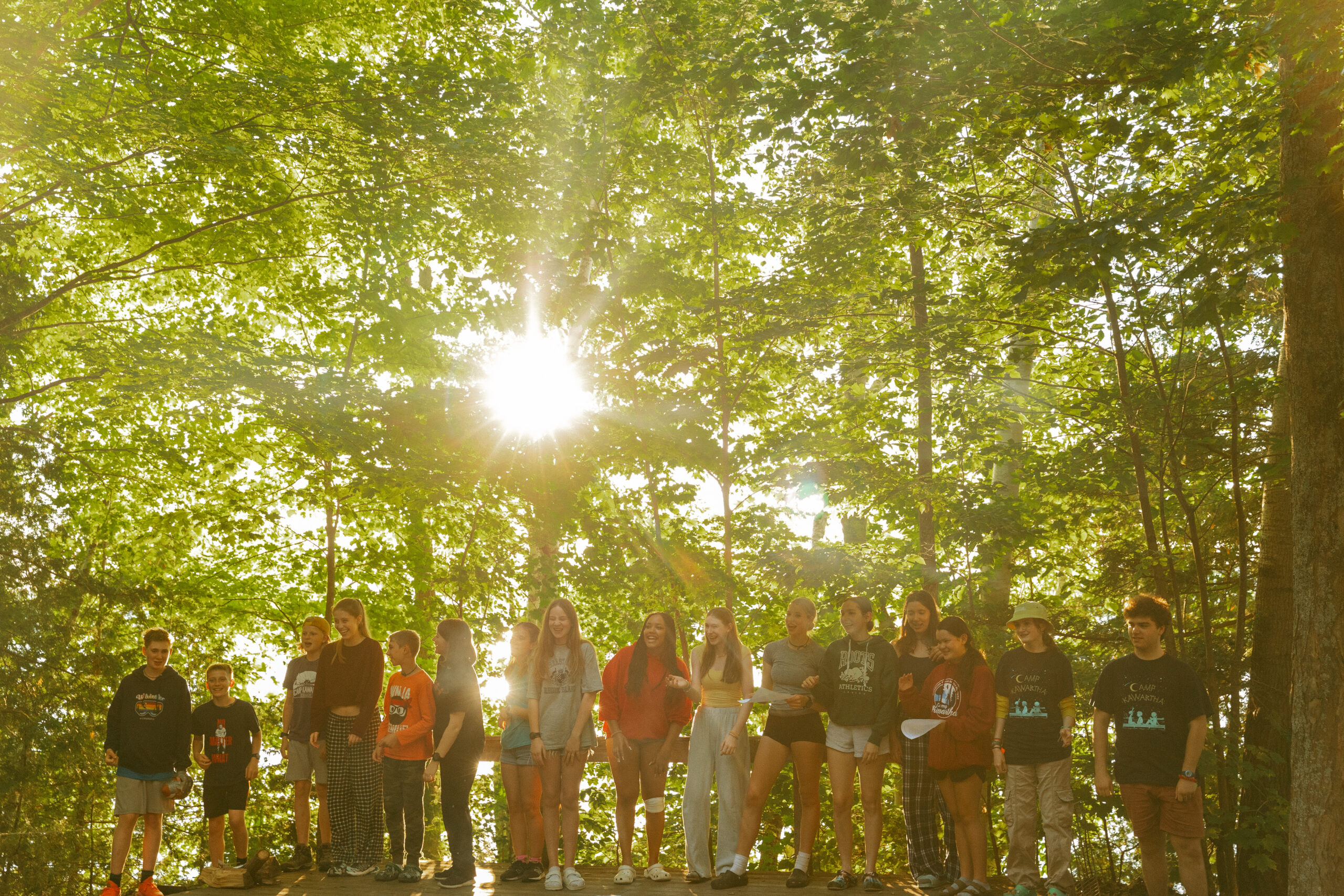Build a fort
- Head outside with your class
- Use found materials (ex: leaves, sticks, cedar boughs on the ground)
- How would this provide us with shelter? Warmth? Comfort?
Set up a bird feeder on a classroom window or in the school yard (as described in the book: Discover Your School’s Better Nature by Jacob Rodenburg)
- Suction ones for windows can cost about $25 this is a great way to bring the outdoors, indoors.
- If you do not have the budget or the windows, the class can also build simple feeders out of pinecones and/or milk cartons.
- https://www.pbs.org/parents/crafts-and-experiments/make-a-milk-carton-bird-feeder
- https://preschoolinspirations.com/pine-cone-bird-feeders/ (this calls for peanut butter – if you are a nut free school please use a seed butter or stick to the milk carton feeders)
- Continued observation of birds searching for food/shelter
- Observe and keep track of what birds we see, any other animals?
- Record as a tally chart or through pictures, or pebble jars.
- Observe differences in male and female birds and animals.
- Observe and keep track of what birds we see, any other animals?
Build Animal homes
- Head outside with your class
- Watch ants and ask, where do they go?
- Dig for worms, hold them in your hands and ask, what do their homes look like? What do they do all day?
- Collect materials and build homes for the ants and/or worms. What would make them feel safe? Comfortable?
- If it is winter feel free to address hibernation and build snow caves for groundhogs, snakes, skunks, bears, frogs, and others.
Homes
- What is home for you? What are your responsibilities at home?
- What are basic needs? How do you get them at home?
- Who is at home? What are their responsibilities in creating that home?
- Play “house” outside.
Read: Little Narwhal, Not Alone by Tiffany Stone, illustrated by Ashlyn Anstee
- Ideally read the book to your class outside.
Read: The Dancing Trees by Masiana Kelly, illustrated by Michelle Simpson
- Ideally read the book to your class outside.

